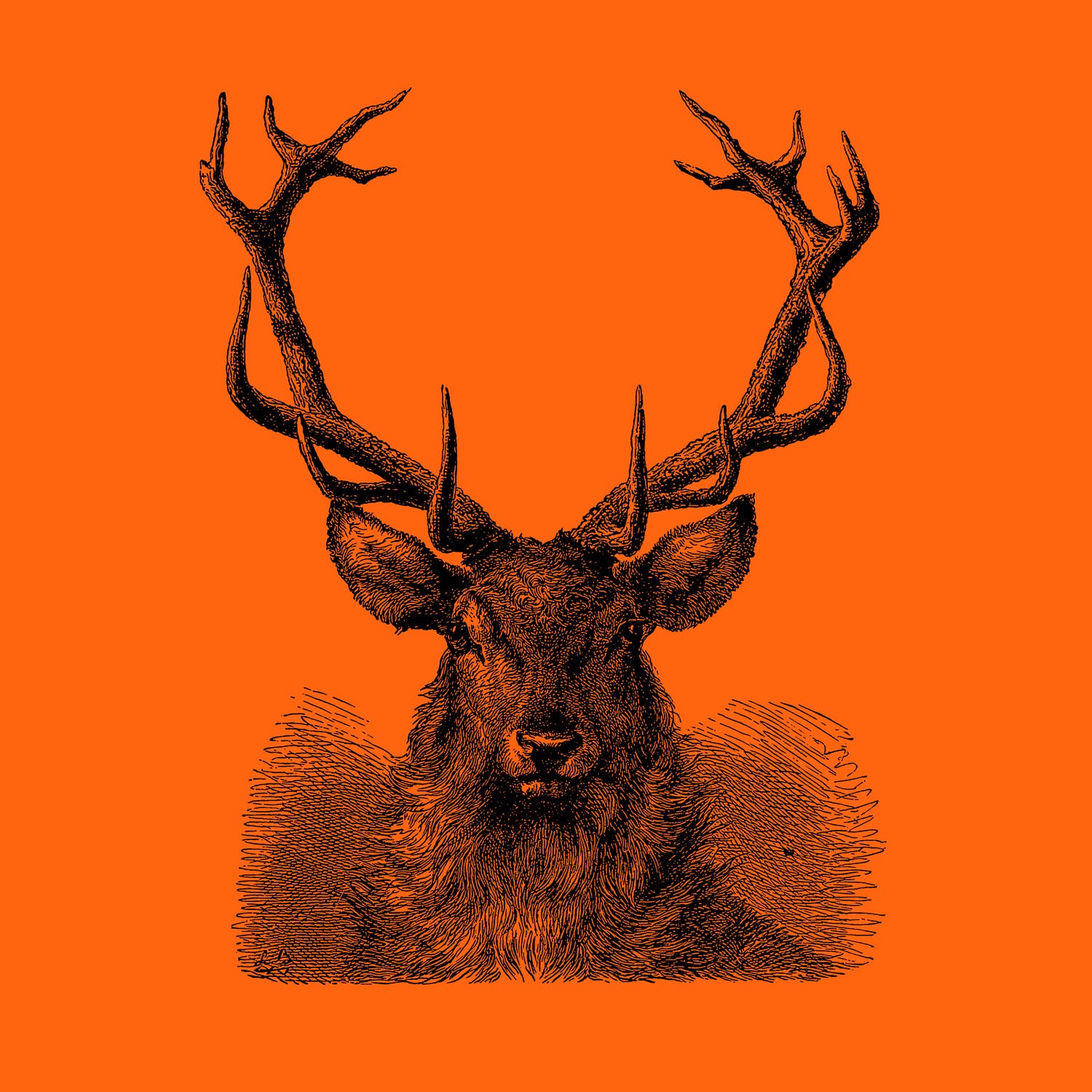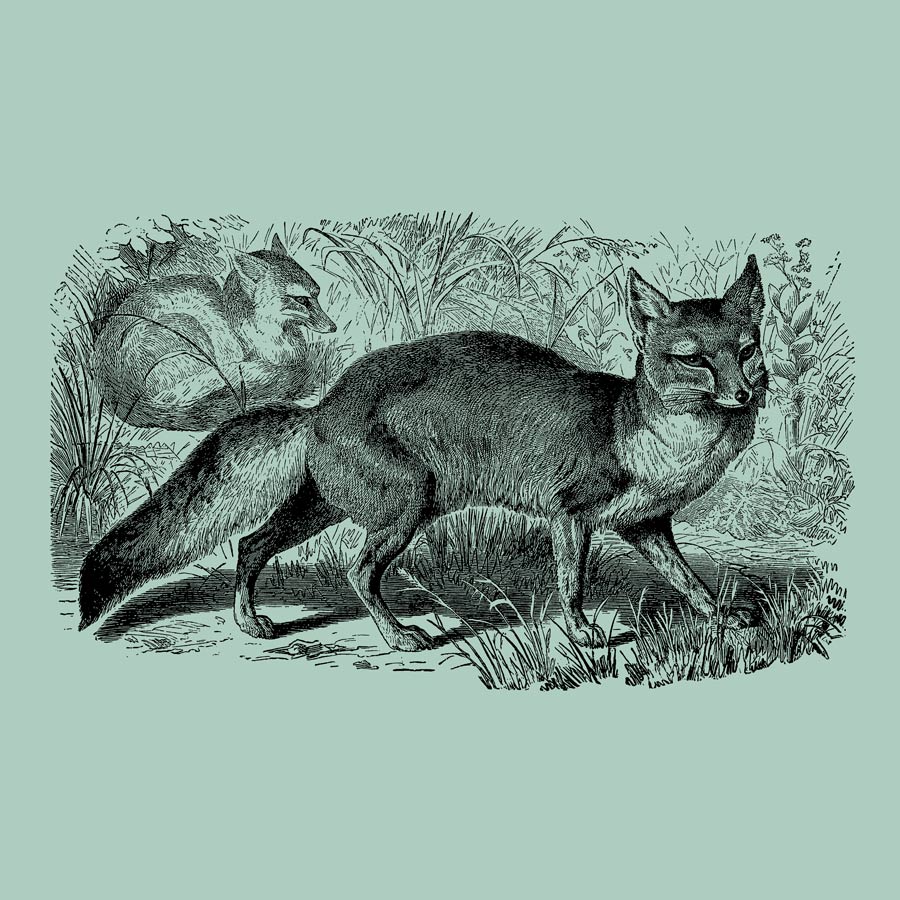We're busy working on our upcoming book, a pictorial archive of animals. It's coming together beautifully, and we're excited about sharing the phenomenal illustrations we've restored. This week our blog features a superb selection of deer images and some fun facts about this magnificent animal.
An Introduction to Red Deer
The Red Deer (Cervus elaphus) have four stomachs. They belong to an order of animals called ruminants. These are hoofed herbivore mammals who get their nutrients by fermenting their food in the front part of their digestive system before regurgitating and chewing their food again to glean additional nutrients from the plant and encourage digestion in a process known as rumination.
Red Deer live in many regions, including Europe, Africa, Anatolia, Iran, the Caucasus Mountains (Europe and Asia) and the Atlas Mountains (Morocco and Tunisia). Red deer were introduced to Australia, New Zealand, North America and South America (Peru, Uruguay, Chile and Argentina.) During the rut (mating season), dominant stags will follow groups of hinds (female red deer). Rival stags competing for the attention of the hinds will scrutinise each other, comparing antlers and body size. Should neither relinquish their claim, they will clash antlers, potentially resulting in severe injury.
In the wild, grey wolves and brown bears are predators of the Red Deer (excepting humans and domestic dogs). Red Deer will use their antlers and forelegs to deliver a powerful kick and deep throaty grunting and posturing to scare away a would-be predator.
How do Antlers Grow?
Stags will begin growing their antlers in spring and shed them in winter. Antlers can grow 1cm per day, and while they are growing, they are covered in a soft, furry skin known as 'velvet' which covers the antlers and provides them with nutrients and oxygen. The antlers grow and harden over the season. Once they are fully grown, the stags grow a burr on the base of their antler that stops the blood flowing to the velvet. It's now time for the velvet to shed, a painless process that can take a few hours or a few days. The stag will begin to peel off the velvet using a hoof and environmental brush to slough off the velvet and reveal hard antlers. Visit Outdoorlife.com for some mesmerising photographs.
What Happens in the Early Life of a Fawn?
Fawns are born in spring and summer, and a deer may birth up to three babies. A fawn is born fully furred with open eyes and can stand up in ten minutes and walk in seven hours. Fawns are often left alone for hours while their mother forages for food. Fawns have white spots to help them blend into their surroundings and instinctively lie motionless when approached by a potential predator. They are born with no scent, making it difficult for predators to find them. It's imperative not to touch or disturb any fawns you may find unless they are visibly injured. Leaving your scent on a fawn could attract predators, and lingering around the fawn will deter the mother from returning to collect it.
Interested in Learning More?
Get the Animal Reference Book via paperback or eBook.
This pictorial archive is a unique collection of rare 18th and 19th-century engraving and etchings. We've curated and restored 627 beautiful high-resolution images of lions prowling, tigers fighting, pumas stalking, hyenas hunting, deer rucking, bats, snakes, bison, antelope, eagles, swallows, owls, elephants, hippopotamus, walruses, apes, monkeys, marsupials, rodents, octopus, bears, rabbits, giant anteaters plus an extensive collection of animal skeletons and so much more. We're confident this book has the animal reference material you need.
Image Download Included:
Have you ever wished you could access these images at a larger scale without having to go through the hassle of scanning each page and distorting the dimensions and image quality?
We've got you. Each book comes with a unique download link providing you with instant access to all of the digitised high-resolution print-ready files. Scale up your chosen design with ease and get back to what you do best, creating.









